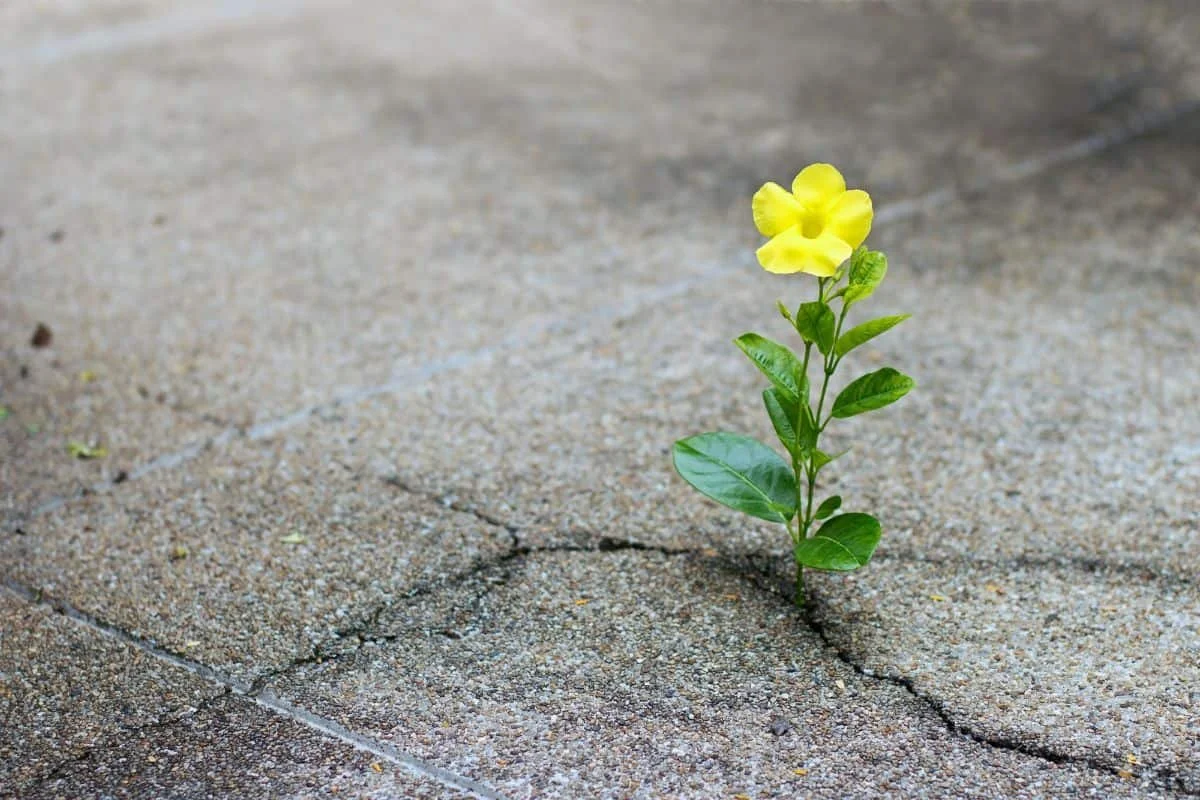While none of us enjoy setbacks, it’s important to remember that on the journey of life, every challenge is a stepping stone towards personal growth. While facing adversity is never easy, it can significantly transform you, shaping a more resilient, insightful, and compassionate individual. Today, My Best Self 101 explores how the obstacles we encounter can lead to profound personal transformation and ultimately, a richer, more fulfilling life.
Grit: My Experience on a Cattle Farm
As a child growing up on a cattle ranch nestled in the Northeastern Idaho mountains, grit was a physical presence. Grit was the wind blowing dust and debris into my eyes, nose, and mouth. Grit was the ring around my ankles and between my toes when pulling off crusty socks. Grit was sand and dirt in every bite of a sandwich pulled from saddlebags during a long cattle drive. Grit was everywhere, covering everything, as persistent as the smell of fresh manure. It was washed off in freezing mountain streams during hot July summers and again in steaming showers at the end of long, hard days.
Pushing past the mist- Lessons about Growth Mindset from Haleakala
As I recently visited Haleakala National Park in Maui, I was reminded of some valuable lessons about having a growth mindset while ascending to the top of that 10,023 ft volcano. Haleakala means “House of the Sun” in Hawaiian. Legend has it that the demi-God, Maui, lassoed the sun from its path across the sky as he stood atop the volcano. Now the sun sleeps in the crater each night and creates world-famous sunrises and sunsets. The 37-mile road up to the summit is known to be the highest elevation gain within the shortest distance in the world. Due to the steep elevation gain and the ability to move quickly in a vehicle, the transitions in weather and ecology as one travels up the mountain are stark– traveling through areas of expansive vegetation, thick mist, and eventually the mostly barren volcanic terrain with a birdseye view of the mountain’s “lei” of clouds. As I recently visited Haleakala’s summit, I was reminded of some valuable lessons about having a growth mindset while ascending to the top of that 10,023 ft volcano.
Discomfort as a Catalyst: Turning Life's Challenges into Opportunities for Growth
The truth is, discomfort can be really good for us. Think about the achievements for which you feel most proud. Chances are, you had to overcome some sort of obstacle that tested your abilities. If you got a good grade on a test, you likely had to spend some time studying for it. If you successfully ran your first half-marathon, you probably trained for a few months leading up to the event. Facing uncomfortable challenges is an integral part of the path to personal growth.
Joy in the Journey-A Cliché Gimmick or Powerful Words to Live By?
I was on my way to the Dominican Republic—a journey that required time away from my family, friends, and the privileged American lifestyle I was accustomed to. Over the course of the next year plus, I was expected to learn a new language, adapt to an entirely foreign culture, and take on a new persona. To put it mildly, I was terrified. Totally and utterly petrified.
While I nervously sat in the JFK Airport in New York during a layover, a quote on the wall written in big bold letters captured my attention. It read, “A journey of a thousand miles must begin with a single step.” I read over it a few times, trying to digest its implication and apply it to my particular situation.
As cliché as it is, “finding joy in the journey” really is essential to your overall well-being. (Lyubomirsky, 2010). Huge life events don’t usually deliver the blast of joy we expect them to—and even if they do, it’s likely short-lived. (Harris, 2015). Additionally, these spurts of joy are so few and far between that we’d spend most of our lives in anticipation rather than enjoying the process.
(Building Habits and )The Mundanity of Excellence
Personal Growth: Improving Your Life With Self-Awareness
Optimism: How to Find a Bright Future
What did I learn from delving into optimism? It’s not enough to just have specific hope for things; having an overall worldview that’s positive and encourages growth is just as important as believing in your own merits and effort. Trusting in a perspective that doesn’t allow us to become helpless to what happens to us is really important when it comes to optimism, and it certainly isn’t just believing in sunshine and roses around us. When we feel stuck, optimism can be a powerful tool that enables us to seek for the view that encourages us to move forward.
Women and Positive Psychology
Women are two times as likely to be depressed as men—not the most light-hearted way to begin this, but it’s true! Researchers have spent a long time trying to figure out what leads to this gender difference in mental health. One particular theory devised by Dana Crowley Jack in 1991 describes a phenomenon somewhat unique to the social expectations placed on women. It’s called the Silencing the Self Theory.
Loving Yourself ≠ Narcissism
Self-love is characterized in much the same way as love for other people is. Learning to love myself has meant acknowledging that I am a unique human being with something positive to offer the world. I have flaws and acknowledge them, but I recognize that I am no more flawed than other people! When I make a mistake, I no longer relentlessly punish myself for it—even after those I’ve wronged have forgiven me. I appreciate the fact that I have the capability to see areas where I can improve, become better, and work toward growth! My mistakes are no longer indicative of inherent flaws that I will never shake off; they are indicative of the fact that I can grow.











